Municipal elections in Ferguson, Mo. are fast approaching. Amid the backdrop of the US Department of Justice identifying systemic racial bias by law enforcement and an over-reliance on traffic fines and court fees for revenue, there are great challenges to overcome.
It would be one thing if Ferguson was unique. It is not.
Ferguson (containing just over 21,000 people) is one of 91 jurisdictions in St. Louis County, each with its own governments to run, services to provide, and budgets to balance. This kind of governmental fragmentation, a product of state law, is repeated in many metropolitan areas across the country. Suburban fragmentation makes providing public services inefficient; complicates regional planning; and, according to a recent OECD report diminishes economic growth, productivity, and social mobility.
The problems wrought by fragmentation have only been compounded in recent years by rapid economic and demographic changes. In the 2000s, suburbs in the nation’s largest metro areas became home to more poor residents and more African Americans than cities for the first time. Since 2000, the number of high-poverty neighborhoods (with poverty rates above 20 percent) more than doubled in the suburbs, while the number of majority-minority neighborhoods grew by almost half.
Many suburban communities dealing with rising poverty and new populations are ill-equipped to address growing and changing needs. That’s particularly true in places like Ferguson, where population and jobs have declined over the years. According to new Brookings research, residents of Ferguson lived near 14 percent fewer jobs in 2012 than they did in 2000. The resulting strains on local tax bases amount to one reason that local governments throughout the St. Louis region came to rely heavily on revenue-raising tactics like traffic fines and court fees.
Part of the mandate of the Ferguson Commission convened by Missouri Governor Nixon is to address the issue of governance, which will require confronting the region’s fragmented landscape. The commission can learn from states that have encouraged the sharing of services across municipalities or regions that are pursuing more collaborative approaches to respond to shared challenges around issues like housing, transportation, or community development.
But while these strategies can reduce the typically competitive approaches employed by neighboring suburbs, they still come up against deeper structural limitations that collaboration alone cannot overcome. The commission should consider a bolder response to the region’s fragmentation and fiscal challenges.
One model the commission can learn from is Minneapolis-St. Paul’s regional revenue sharing structure.
Established in 1971 by the Minnesota Fiscal Disparities Act, Minneapolis-St. Paul’s regional tax base sharing mechanism gives residents access to adequate resources for local services like public safety, irrespective of where they live. According to a study by Myron Orfield and Nicolas Wallace, the law has dramatically reduced tax disparities between high and low-income areas, allowing for reinvestment in the central cities and in fiscally challenged communities. And it has reduced the incentive for municipalities to “steal” revenue-generating land uses from neighbors (very frequently a waste of taxpayer dollars), promoting more integrated regional economic development.
The model works by mandating that each municipality within the designated seven-county area contribute 40 percent of its annual growth in commercial-industrial tax revenues to a regional pool. These resources are then redistributed to the participating municipalities based on local capacity. The mechanism helps equalize local available resources, filling local budget gaps where they exist, without undermining local autonomy.
For the vast majority of communities, the sharing program has meant lower taxes and better services. A 2012 study concluded that without the program, nearly 80 percent of the region’s 186 municipalities would have to raise taxes to maintain their current level of services. Revenue sharing has enabled the cities of Minneapolis and St. Paul to invest in higher quality public services like policing and education over the decades since the law was enacted. Many older suburbs bear less of the public burden for repairing old infrastructure, renewing public facilities, cleaning up brownfields, upgrading neighborhood housing, or dealing with abandoned properties. Even many developing bedroom suburbs have benefited from revenue sharing since these places often lack a strong commercial tax base, leading to shortages in infrastructure or education funding.
These results indicate that regional revenue sharing can enable at-risk suburbs like Ferguson to pay for basic services like public safety without relying excessively on fining their small citizenries.
The path to creating revenue sharing programs in our metropolitan areas runs through state legislatures. The Minnesota law was passed in the 1970s with “a unique coalition of central-city and suburban legislators working together to ensure the future economic vitality of the entire state.” The same case should be made today in Missouri to rural, urban, and suburban representatives alike. With better services and lower taxes for the vast majority of municipalities, the political math adds up.
As Orfield and Wallace put it, regions facing growing economic, social, and fiscal disparities have a choice: “allow the disparity to deepen or work to find solutions that can benefit all.” If we are serious about fixing Ferguson and other places like it, states across the country, starting with Missouri, must address the structural governance and fiscal flaws that lie at the heart of the matter.
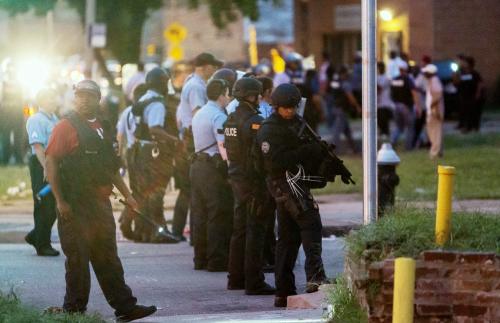
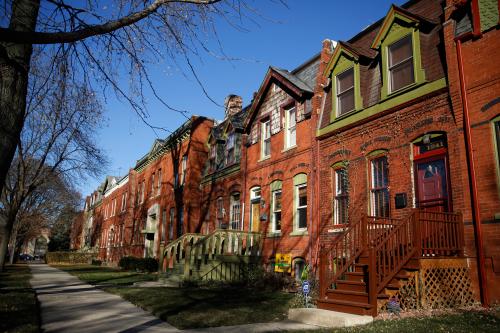

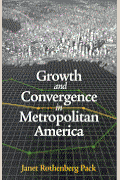
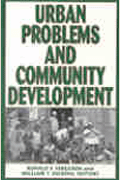
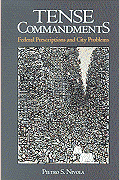




Commentary
On Ferguson, fragmentation, and fiscal disparities
April 2, 2015